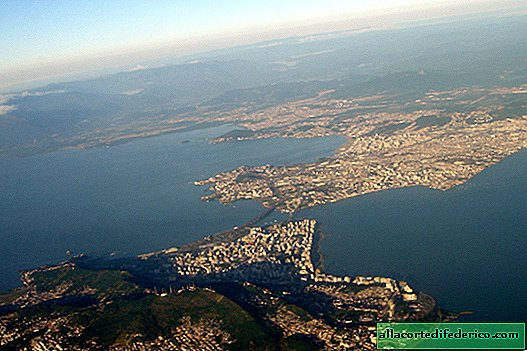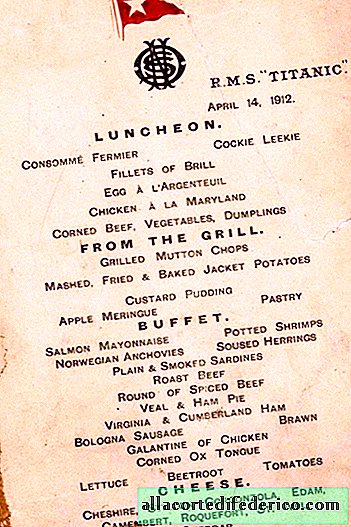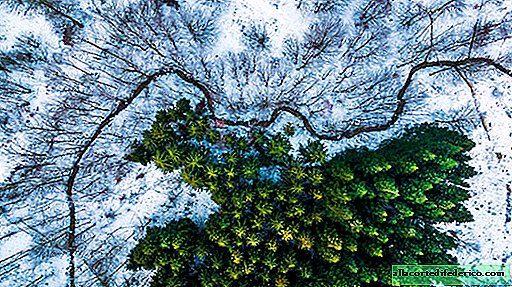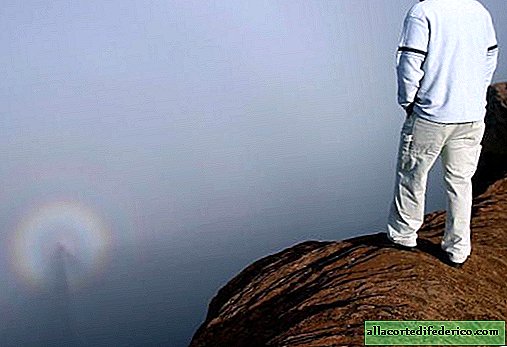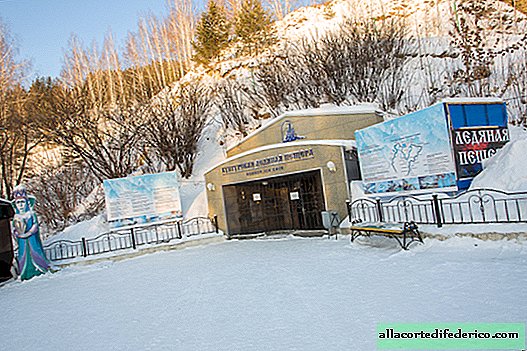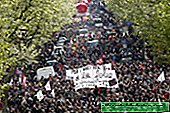Rostov-on-Don from a height
Rostov-on-Don is the capital of southern Russia. Located on the banks of the Don River, 50 km from the Sea of Azov. This is the tenth largest city in Russia (1.1 million people). Since the XIX century, the city began to be called the "Gateway of the North Caucasus", because at that time there were no other railway lines for transporting passengers and goods in a southerly direction, except for those that passed through Rostov.
In 2018, Rostov-on-Don will become one of the cities in which the World Cup will be held.
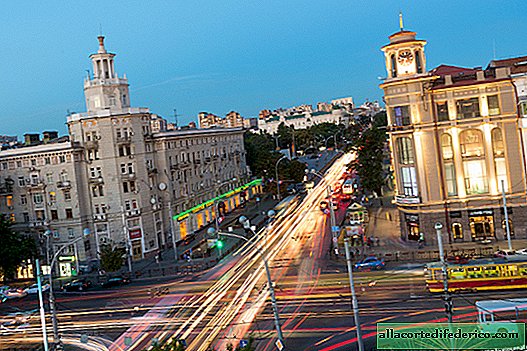
The Don is the geographical border between Europe and Asia. Rostov has access to five seas - the Azov, Caspian, Black, Baltic and White.

The history of Rostov-on-Don dates back to the founding of the Temernitsky Customs in 1749. Later a fortress was built, named after St. Dmitry of Rostov. The city changed its name several times, rebuilt, expanded.

River Station.

Bolshaya Sadovaya is the main street of Rostov.

In total, there were two Garden streets in Rostov - Bolshaya Sadovaya and Malaya Sadovaya, which were located parallel to each other. Bolshaya Sadovaya got that name because it once had gardens, it was the outskirts of Rostov-on-Don. In Soviet times, Bolshaya Sadovaya was renamed into Friedrich Engels Street, and Malaya Sadovaya into Alexander Suvorov Street, however, in the 90s of the 20th century, Bolshaya Sadovaya was restored to its historical name, and Malaya Sadovaya was not.

City administration.

Cathedral of the Nativity of the Blessed Virgin Mary.

The main church of the Rostov diocese was built in 1860 according to the project of architect K.A. Ton (a similar project was used in the construction of the Cathedral of Christ the Savior in Moscow).

House of Chernova.

Rostov State Circus.


Voroshilovsky Prospect.

Musical Theatre.

Rostov movable railway bridge.

The bridge consists of three spans, the middle of which rises to pass ships twice a day.
The bridge was first built at the end of the 19th century. The bridge span had to be rotated so that it became parallel to the shore. It was not only inconvenient, but also very dangerous - there were collisions of ships with bridge supports. A new three-span drawbridge was built in 1912. At that time he was also called "American." During World War II, the bridge was destroyed.
And only in 1952, almost simultaneously with the opening of the navigable Volga-Don canal, the last (third) railway drawbridge, built on the site of the dismantled one, was commissioned. With his design, he repeats the "American", but the external shape has changed.
Ships waiting for the divorce of the bridge.
A shipping route passes along Rostov-on-Don along rivers from the center of Russia to the Black and Mediterranean Seas. International seaport, which specializes in the processing of mineral construction, piece cargo, timber, metal.

Station Square.

Railway station Rostov-Glavny.


The memorial "To soldiers for the liberation of the city from Nazi invaders", better known as "Stela".

The monument is a stele 72 meters high. The order and statue of the Greek goddess Nika are made of copper and plated with gold leaf.




